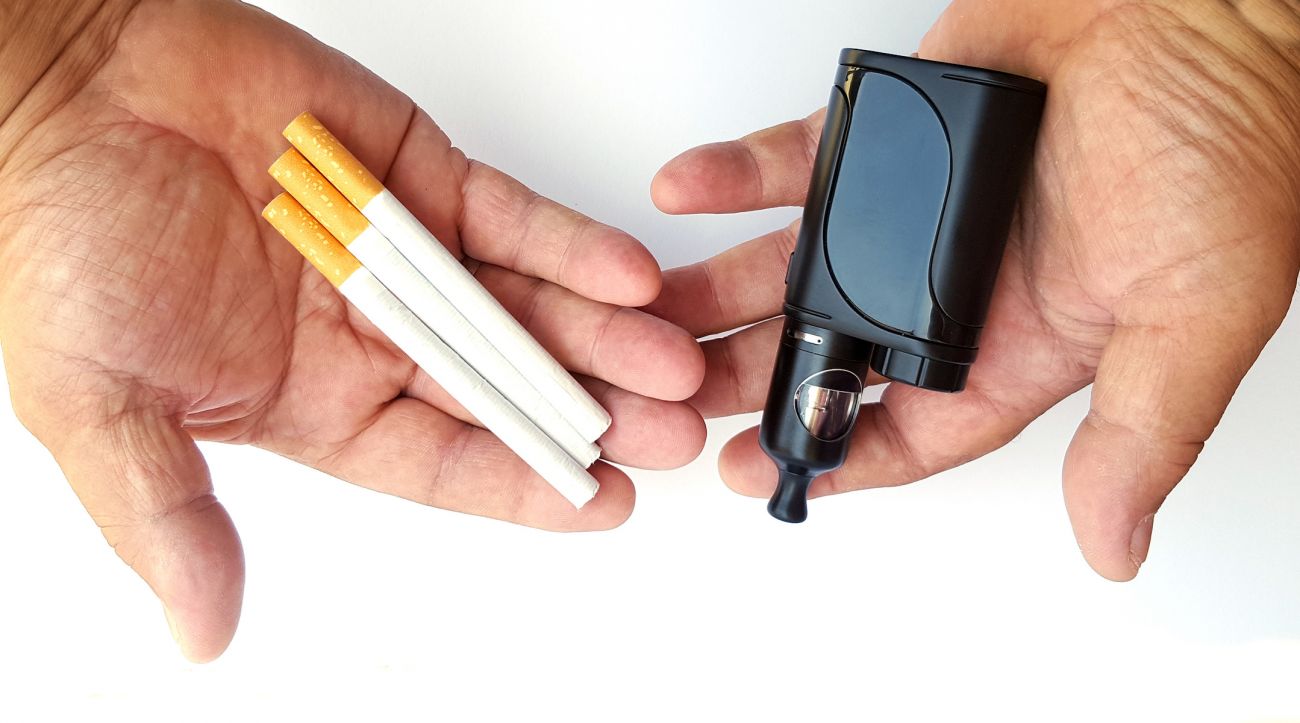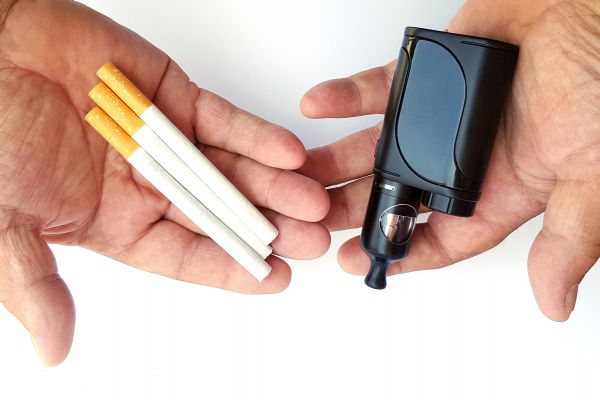We know quitting is hard. Most smokers try several times to quit and it can be a very frustrating process. But every time you try, you practice quitting and increase your chances for quitting for good. So don’t give up – give it another try and ask for help.
The New York State Smokers’ Quitline began operating in 2000 right here at Roswell Park Comprehensive Cancer Center. We have provided help and resources to tens of thousands of tobacco users across New York State over the past two decades. Specially trained quit coaches can work with you to make a plan that you feel comfortable with. The Quitline also offers quit medications and information on how to get support from healthcare professionals and your health plan.
If you are a Roswell Park patient, Roswell offers quit-help through their Tobacco Treatment Service. Roswell coaches are highly trained to help cancer patients quit and understand the special circumstances of a cancer diagnosis.
Most people know that smoking can cause several types of cancer, lung disease, heart disease and more. But smoking can also negatively affect cancer treatment, recurrence and many chronic conditions. That’s the bad news. The good news is millions of people have successfully quit, and so can you! Since 2002 in the U.S., there are more former smokers than current smokers.
Here are some tips to help you meet your goal:
Identify your reason(s) for wanting to quit
Maybe it is your health, to save money or you are tired of being hooked. Identifying personal reasons for wanting to quit will keep you motivated through difficult cravings. Write down the reasons down so that you can glance at them whenever you get the urge to light up.
Set a quit date
Set your quit date for some time in the near future, from within a couple of weeks to a month away. Setting a goal date will help mentally prepare you, give you a chance to warm up to the idea of quitting and provide time to create a quit plan.
Make a quit plan
Quitting is a process – it won’t happen overnight. Some items to have in your quit plan include:
- Your reason(s) for quitting
- Target quit date
- List of any stop-smoking medications you will use
- Sources of support, such as friends and family
- A list of activities to fend off cravings
Medications
There are stop-smoking medications that can alleviate nicotine withdrawal and cravings. These include nicotine replacement therapy (NRT) options, such as patches, gum, lozenges, nicotine nasal spray and inhalers, and or prescription medicines, such as varenicline (Chantix) or bupropion (Zyban).
Practice quits
When you practice quitting, it can help build confidence and skills before your quit date. And you don’t need to quit for the whole day – work up to it by gradually cutting down or cutting out your easiest cigarette of the day.
Identify triggers
A trigger is anything — people, places, things — that encourages you to light up. By identifying your triggers, you can prepare yourself for those dangerous times. Common triggers include alcohol, driving, coffee and boredom.
Seek moral support
If you have family and friends who are trying to quit or who don’t smoke, they can offer positive support for your quit plan and help you succeed.
Remember, it’s okay to slip up
As you prepare to quit smoking, remember that slips back to smoking are part of the process. It’s okay if you slip – most smokers do, but it is important that you get right back on track and don’t let the slip derail your quitting process.
Support is available for smokers and vapers:
Call the NYS Smokers’ Quitline at 1-866-NY-QUITS (1-866-697-8487) or go online to www.nysmokefree.com.
If you are a Roswell patient, call the Roswell Park Comprehensive Cancer Center Tobacco Treatment Service at 716-845-1300 ext. 7851.
Find information about how to access health care plan benefits or talk to your doctor about quitting, and much more through the website nysmokefree.com, and social media: Facebook, Twitter, Instagram, Pinterest, Linkedin, and YouTube.


